Enter the complex realm of vascular health as we explore the important topic of “Mural Thrombus.” In this short guide, we break down the basic aspects of thrombus formation, causes and diagnosis. This article goes over medical terms, related conditions, treatment options, and practical prevention measures. Whether you’re exploring the intricacies of vascular medicine or gaining insight into lifestyle, join us for a short tour of the importance of mural thrombus. Uncover essential knowledge that empowers you in the realm of cardiovascular wellness – a short but insightful exploration awaits.
Understanding Mural Thrombus:
Blood clots is an important factor at the crossroads of vascular health. This refers to a thrombus sticking to the wall of a blood vessel, particularly prevalent in the context of an abdominal aortic aneurysm.

Definition and Pathophysiology:
Blood clots results from a complex interaction of factors that lead to coagulation along the vessel wall. Understanding its pathophysiology reveals insights into the dynamics of thrombus development.
Composition:
Mural thrombus formation is a complex process that is impacted by a number of variables, including
- Systemic diseases.
- Endothelial dysfunction.
- Blood flow patterns.
Comprehending this procedure is essential to gaining a thorough grasp of its consequences.
Causes of mural thrombus:
Several factors contribute to the formation of blood clots. Exploring the underlying causes sheds light on the conditions and scenarios that increase the risk of this vascular phenomenon.
Diagnosis of mural thrombus:
Accurate diagnosis is critical for effective management. Various diagnostic methods and imaging techniques play an important role in identifying the presence of mural thrombus, enabling timely intervention.

In exploring the complexities of blood clots, we gain a finer understanding of its nuances, from formation to diagnosis. This research forms the basis for an informed discussion of relevant situations and considerations. Let’s navigate further into the clinical context surrounding mural thrombus, illuminating its broader implications and importance.
Clinical Context:
Understanding mural thrombus in the broader context of general medicine and related pharmaceutical developments is crucial for a comprehensive approach.

Common medicine:
In the realm of general medicine, the importance of blood clots becomes evident in its intersection with broader cardiovascular health. Exploring its implications and connections to different clinical contexts sets the stage for a comprehensive understanding.
Oral PCSK9 inhibitors and encyclopedias: what you need to know:
Advances in pharmaceuticals, particularly oral PCSK9 inhibitors and inclisiran , play a role in shaping the landscape of mural thrombus management. Briefly exploring these developments provides the necessary insight for a well-rounded perspective.
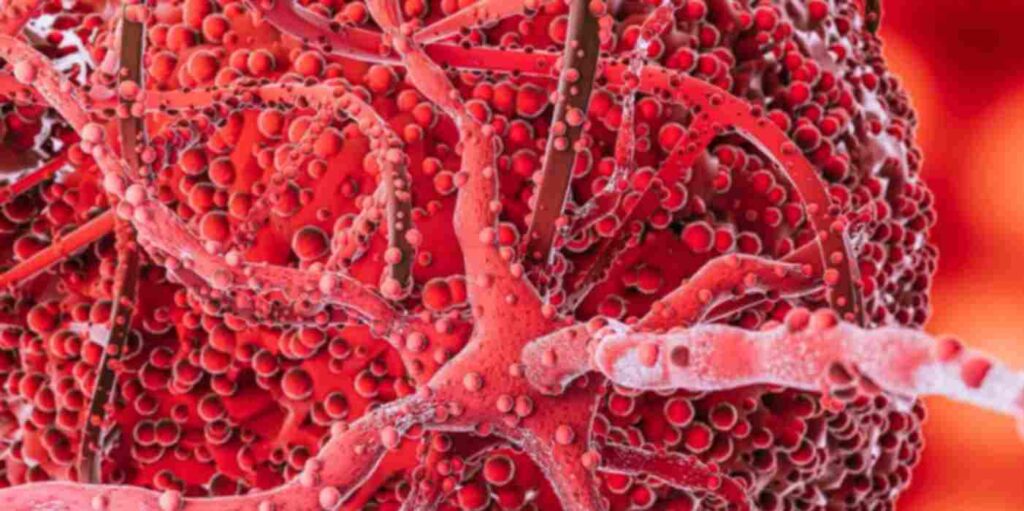
Amidst these clinical considerations, the importance of blood clots remains, serving as a focal point for discussion in general medicine and pharmaceutical development. As we navigate these intersections, the practical implications of mural thrombus in everyday clinical scenarios come into focus. Join us in uncovering the integral role of blood clots in the broader context of medical advances and general health concerns.
Related Terms and Conditions:
In beginning the search for mural thrombus, it is important to contextualize this vascular phenomenon within the context of associated conditions and lifestyle considerations.
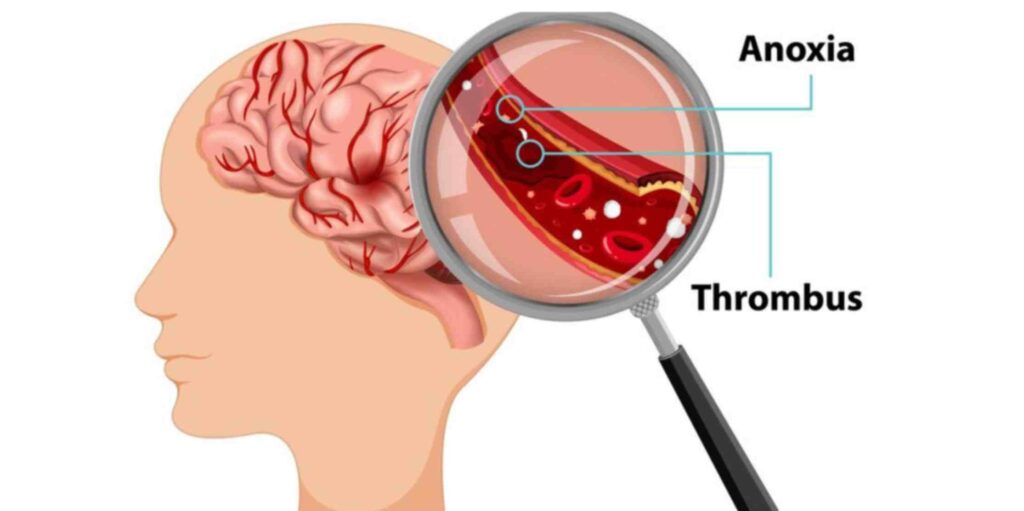
Thrombosis:
Within the broader landscape of vascular health, the presence of blood clots is linked to the concept of thrombosis. Understanding this relationship highlights the multifaceted nature of vascular conditions.
Aortic Aneurysm and Exercise, Arterial Disease, and Venous Disease:
Examining the interplay between mural thrombus and ailments including venous illness, artery disease, and aortic aneurysm offers a thorough understanding of the wide-ranging cardiovascular consequences.
Celiac Artery Aneurysm and Lymphatic Disease:
Specific examples, such as celiac artery aneurysms, highlight the diverse manifestations of blood clots. Additionally, exploring its association with lymphatic disease suggests vascular health concerns.
In the realm of relevant conditions and considerations, the blood clots stands out as an important player, influenced and influenced by various vascular dynamics. Join us in unraveling the interconnected web of cardiovascular health, exploring the implications of mural thrombus for related conditions and lifestyle factors.
Management and Treatment:
Recognizing the complications of mural thrombus, understanding precautions, and exploring treatment options are essential components to reducing the risks associated with this vascular phenomenon.
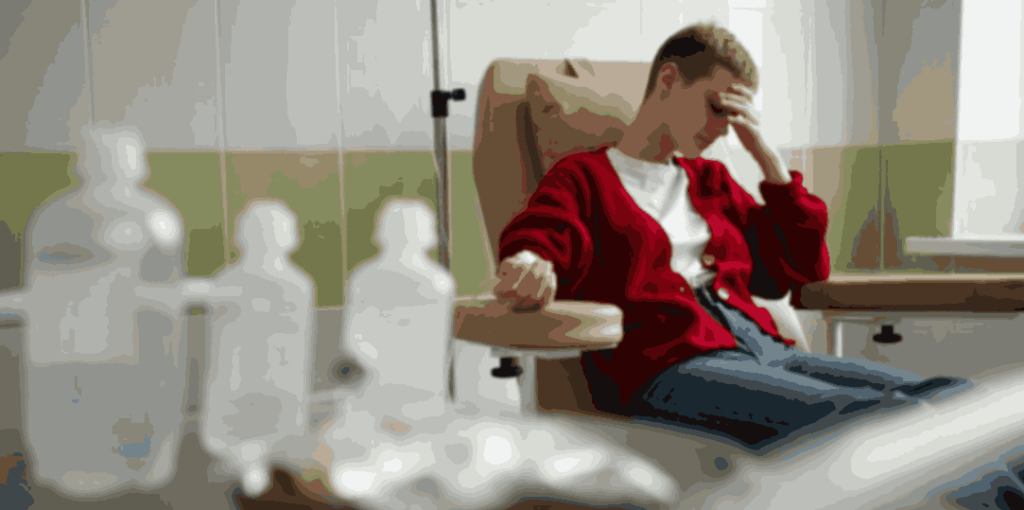
Prevention:
Preventing mural thrombus formation involves a multifaceted approach, addressing risk factors and adopting lifestyle changes. Finding effective preventive strategies to maintain vascular health is important.
Treatment options:
When mural thrombus is encountered, the treatment approach varies based on the presence or absence of an aneurysm. Distinguishing between these scenarios is critical to determining the most effective approach.
Treatment in case of Aneurysm:
In cases where an aneurysm is present, treatment strategies must address both the mural thrombus and the underlying aneurysmal condition. Coordinated efforts are essential for best results.
Treatment for no aneurysm:
When mural thrombus occurs independently of the aneurysm, the optimal therapeutic approach focuses on resolving the thrombus itself while taking into account the patient’s overall vascular health.
In the realm of mural thrombus, proactive measures and targeted therapies play an important role. Join us in uncovering the complexities of prevention and treatment strategies, where the importance of mural thrombus management comes into play. Explore with us as we examine the nuanced landscape of vascular health, offering insight into effective approaches to a comprehensive understanding of this vascular phenomenon.
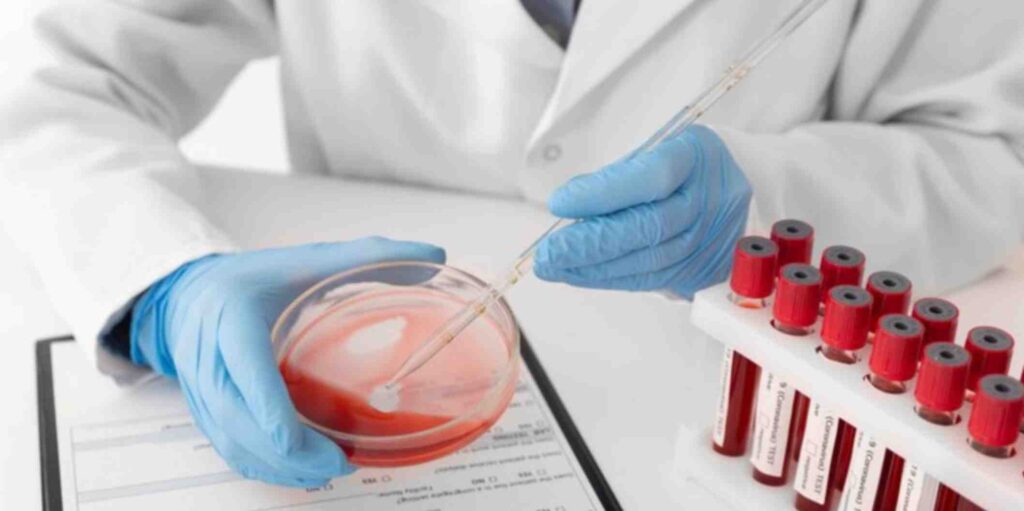
Patient thoughts and lifestyle:
As we enter the world of mural thrombus, it becomes important to explore its impact on patients and the impact of lifestyle choices on vascular health.
Swollen Calf and Swollen Legs from Salt:
Understanding the impact of mural thrombus on daily life involves considering associated symptoms such as a swollen calf. Additionally, exploring lifestyle factors such as salt intake shed light on manageable factors affecting vascular health.
Is chronic venous insufficiency fatal and swollen feet in pregnancy:
Patient concerns range from broader questions, such as the potential severity of chronic venous insufficiency, to specific challenges presented during pregnancy, such as swollen feet. Addressing these concerns helps tailor medical advice to individual circumstances.
Causes of leg pain at night and purple feet while sitting:
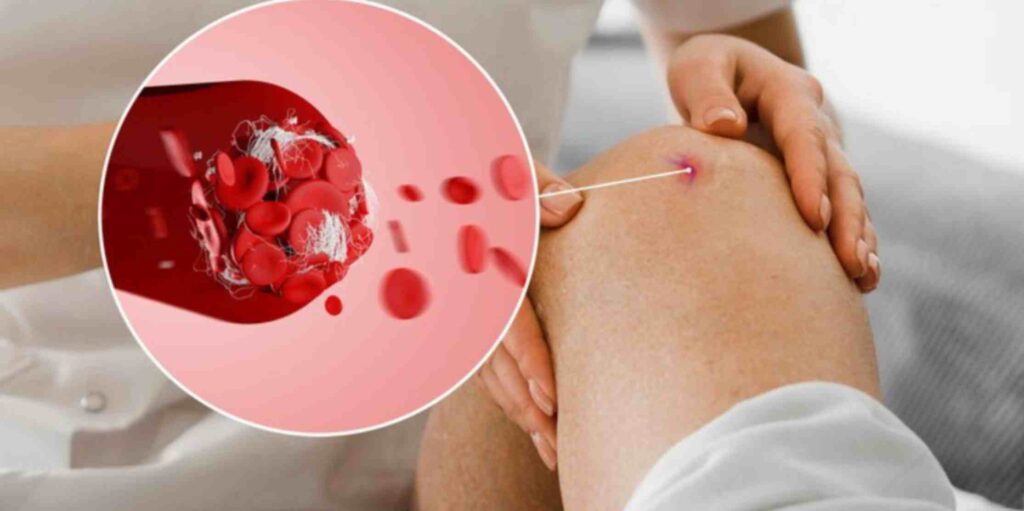
Evaluating conditions such as nocturnal leg pain and purple feet when sitting provides valuable insight into the diverse manifestations of vascular problems. Relieving these symptoms involves understanding their specific causes and implementing appropriate interventions.
Moral thrombus is not isolated within a medical context but permeates everyday life, influencing how individuals navigate their health journey. Join us in dissecting patient perceptions and lifestyle choices, where the practical implications of mural thrombus emerge. Explore with us as we bridge the gap between medical understanding and the everyday experiences of those affected by this vascular phenomenon.
Read More About Can a Deviated Septum Disrupt Your Sleep?
Conclusion:
Concluding our research on mural thrombus, we have traversed the complex landscape of vascular health, uncovering the intricacies of formation, causes, and diagnosis. From the broader context of general medicine to advances in pharmaceuticals, we have observed the multifaceted role of mural thrombus in shaping cardiovascular discourses. By reviewing relevant conditions and considerations, we’ve connected the dots between thrombosis, arterial and venous disease, and lifestyle influences. The management and treatment section highlighted the importance of prevention and appropriate interventions, emphasizing the nuances of managing mural thrombus in various scenarios. Insights into patient considerations and lifestyles highlighted the real-world implications of vascular health beyond clinical boundaries.
FAQs:
What is a mural thrombus?
A mural thrombus is a blood clot that adheres to a vessel wall, often seen in conditions such as an abdominal aortic aneurysm, which affects vascular health.
How are mural thrombus treated?
Treatment varies based on the presence of the aneurysm. Coordination between thrombus and aneurysm resolution produces optimal results, emphasizing appropriate approaches.

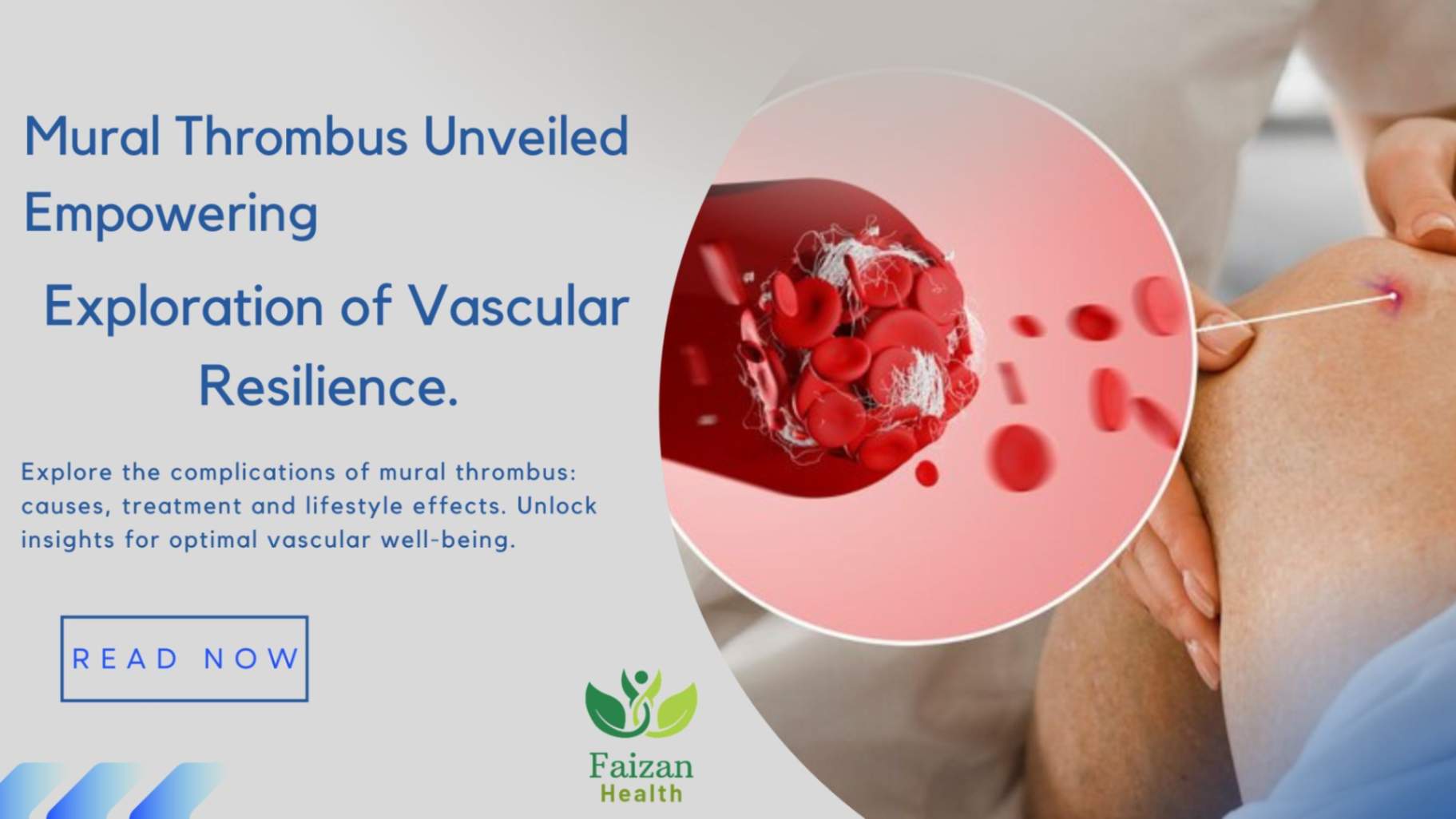
Your point of view caught my eye and was very interesting. Thanks. I have a question for you.
Your article helped me a lot, is there any more related content? Thanks!
Can you be more specific about the content of your article? After reading it, I still have some doubts. Hope you can help me.
Can you be more specific about the content of your article? After reading it, I still have some doubts. Hope you can help me. https://www.binance.com/pl/register?ref=YY80CKRN
I don’t think the title of your article matches the content lol. Just kidding, mainly because I had some doubts after reading the article.